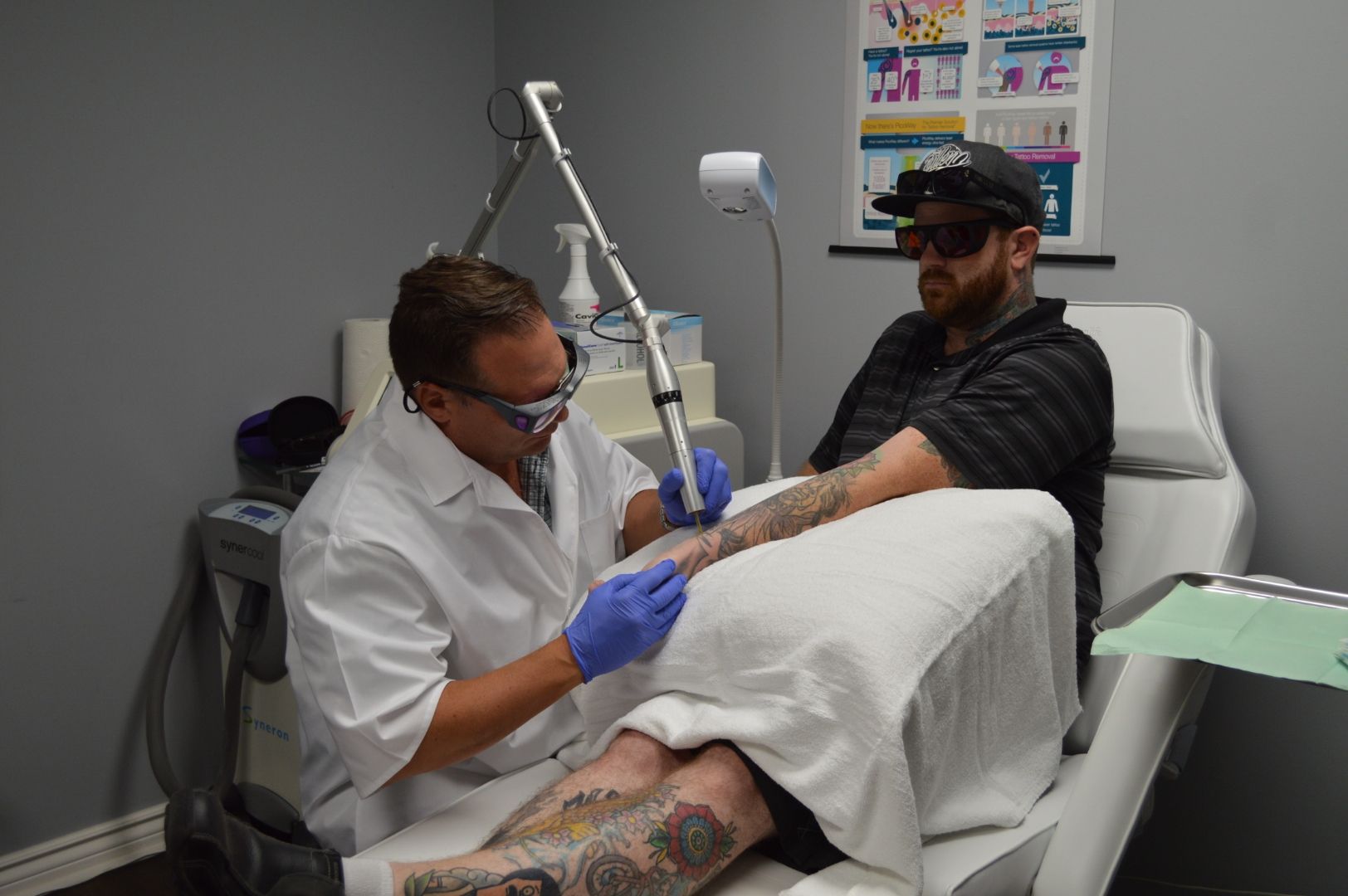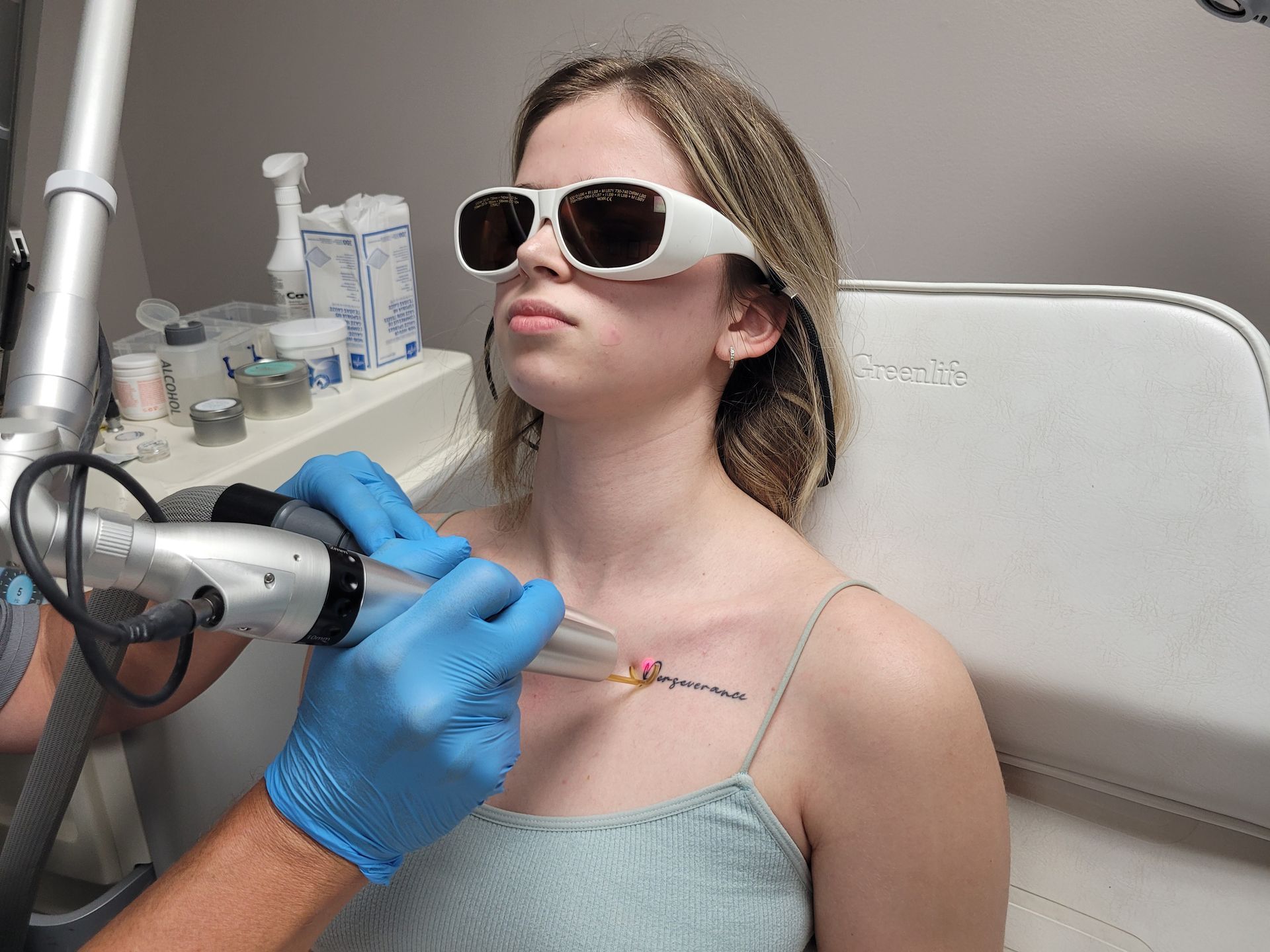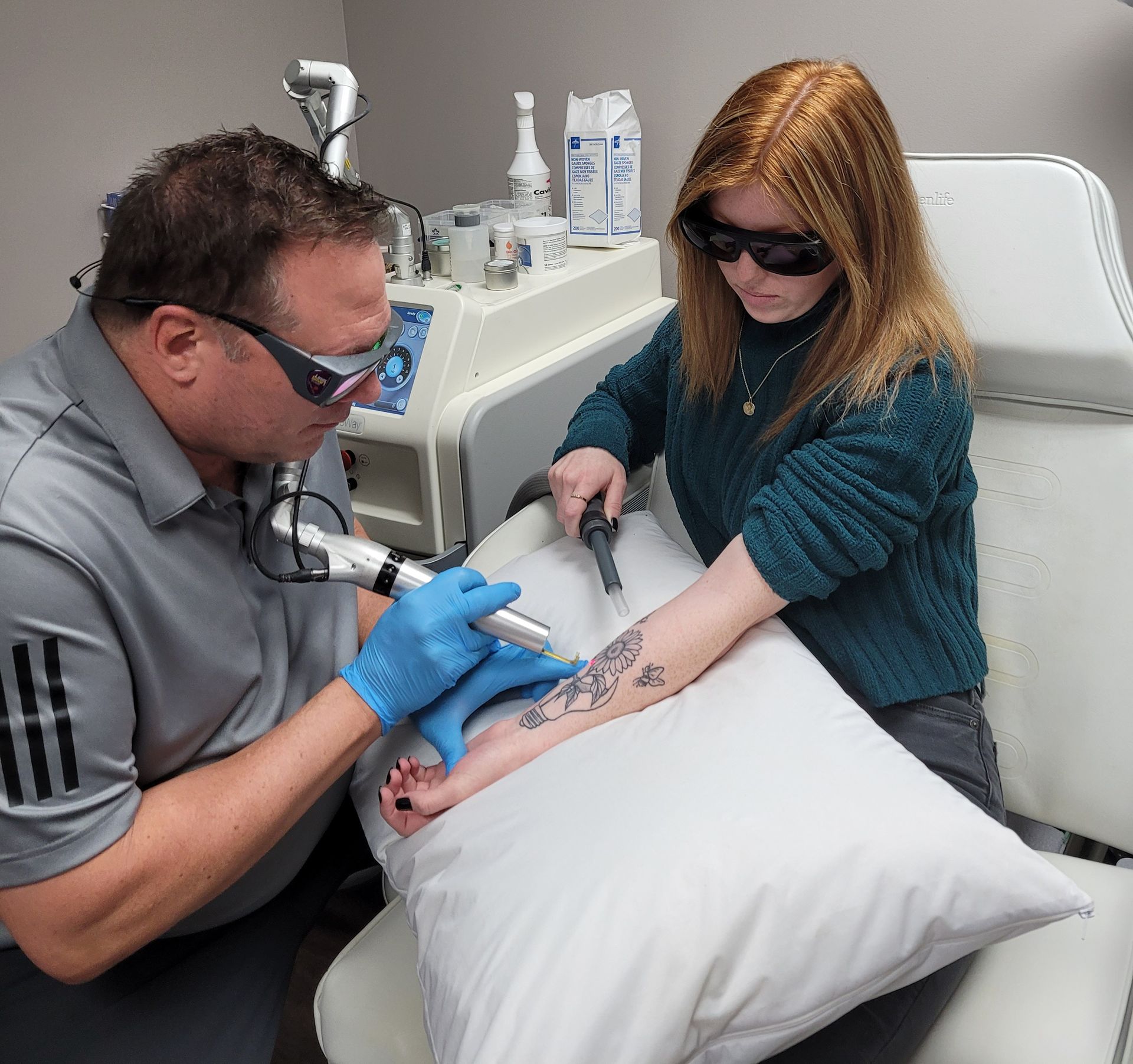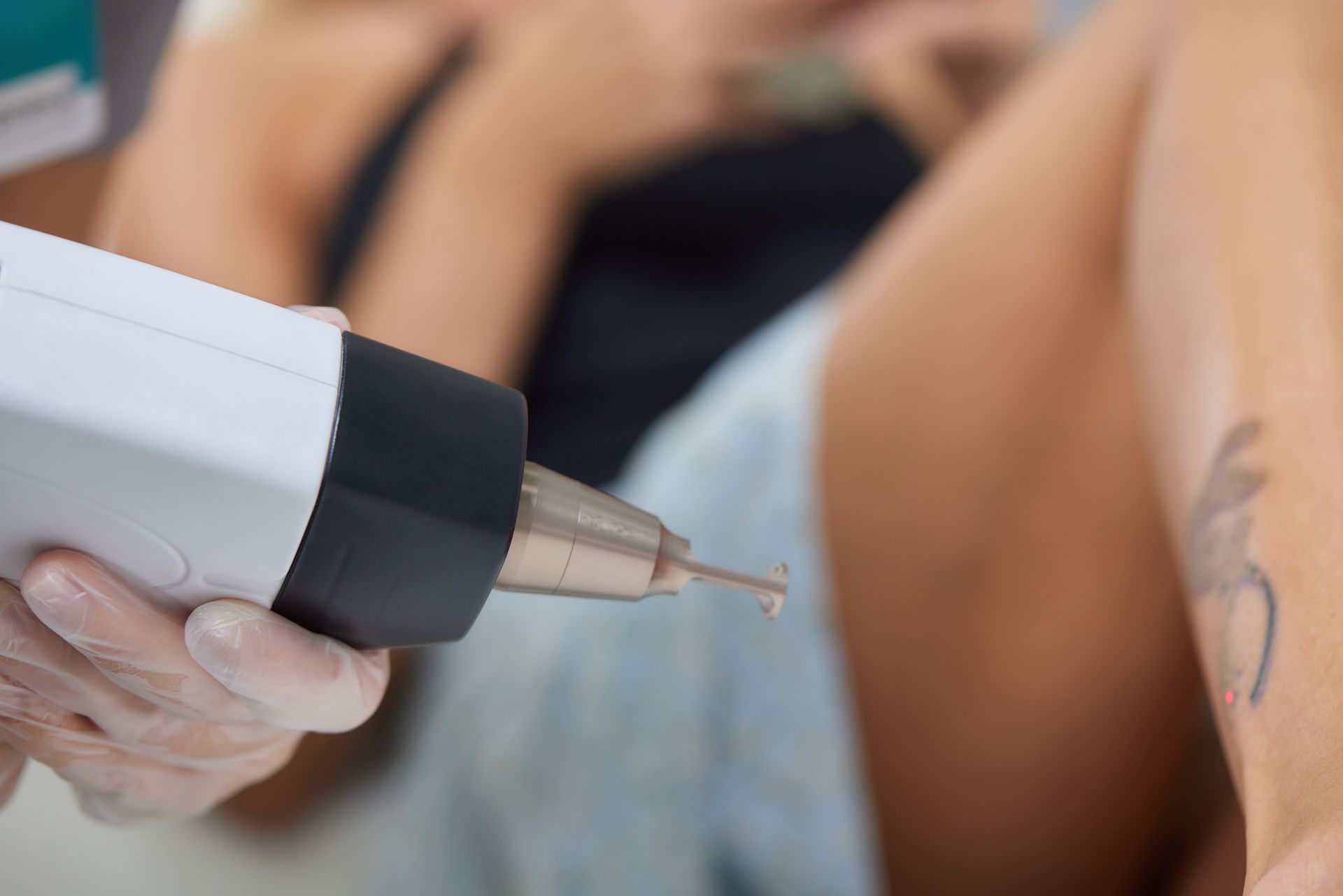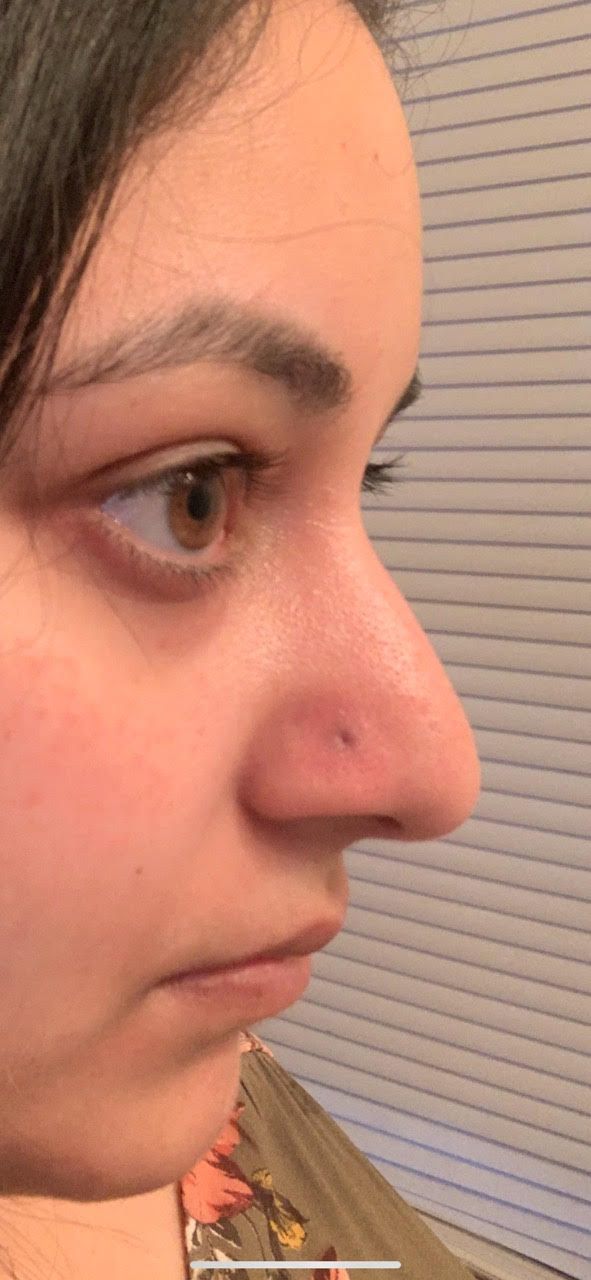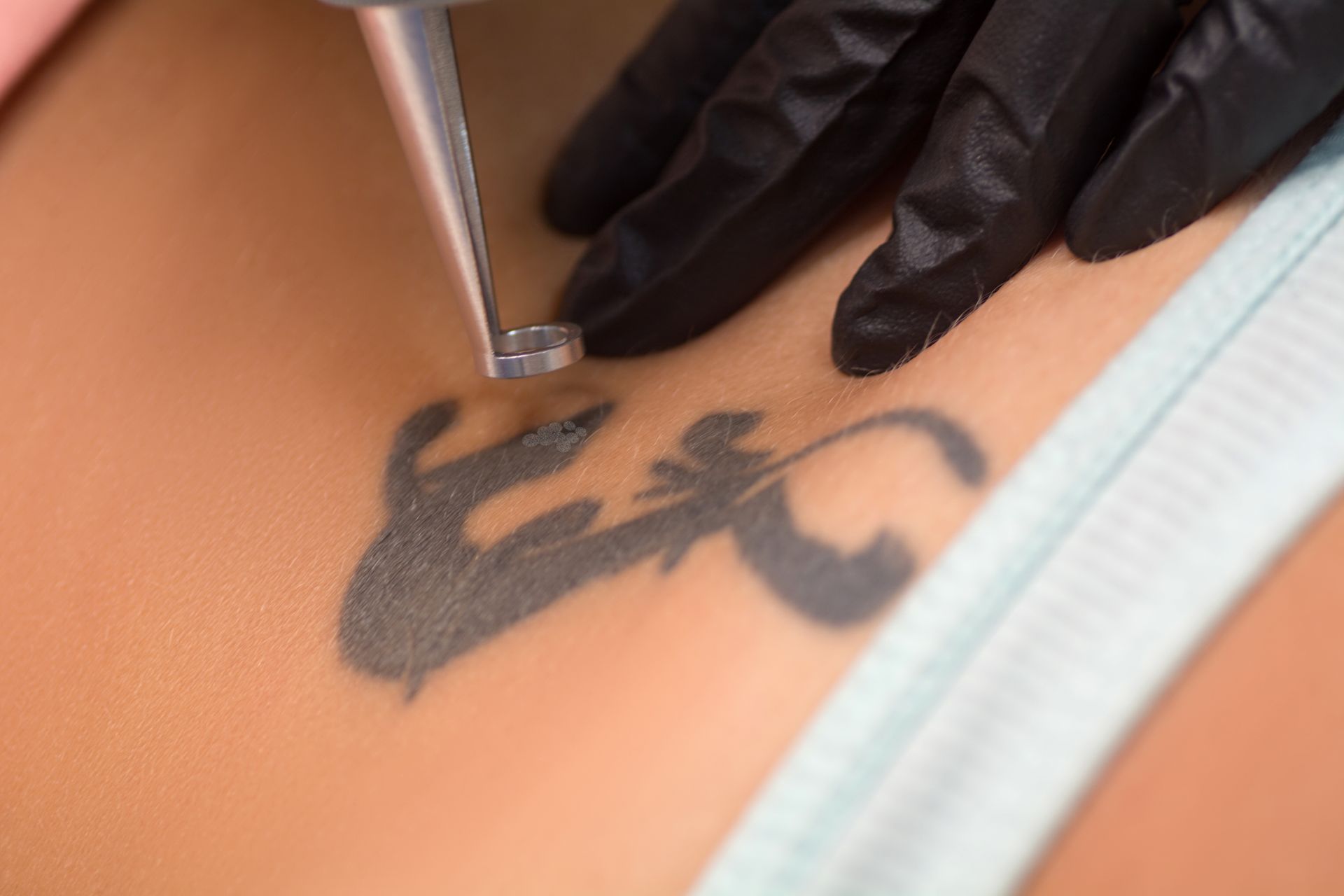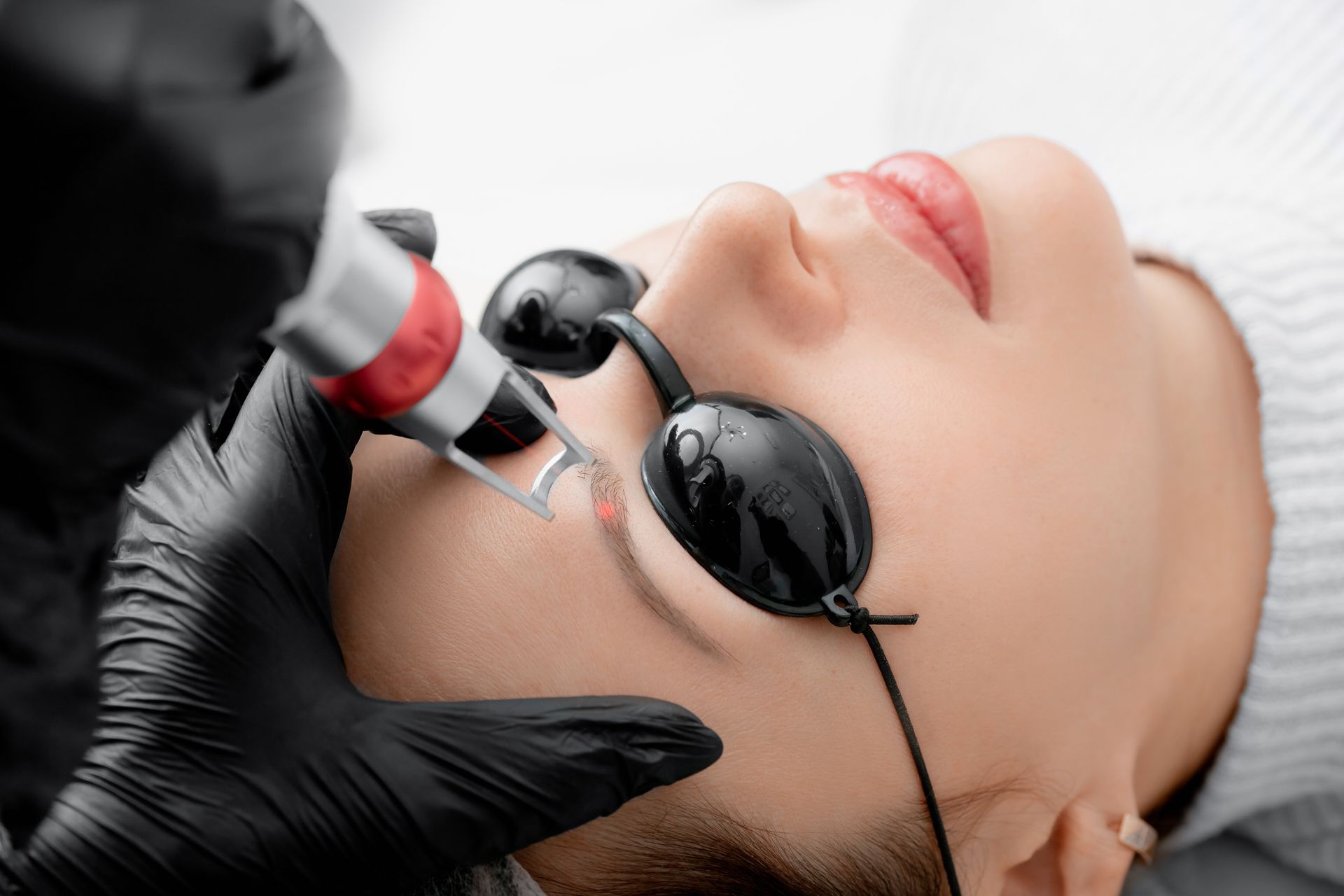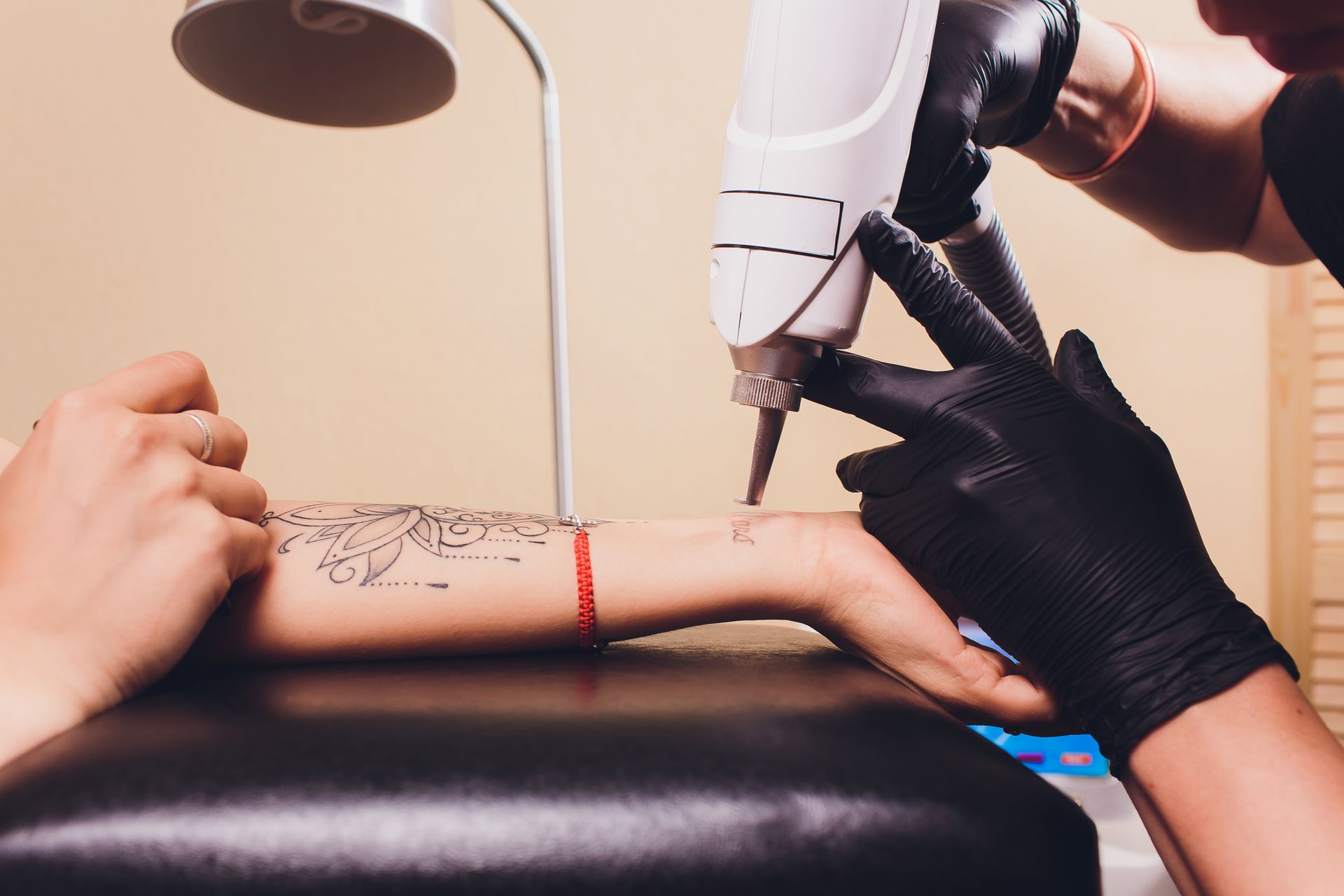Tattoos Over History: Markings from 8000 years ago to the Smart Tattoos of Tomorrow
If you are thinking of getting a new tattoo, you would only be adding ink to the pages in the chapters in history, stretching 8000 years in time. From the earliest findings of tattoos on Egyptian mummies, Maori and Incan tribes, Japanese Yakuza, Ocean faring sailors and modern day ink expressions, tattoo statements were always regarded as a permanent decision — that is until laser tattoo removal.
Early analysis pondered the reasons behind early tattoos. Otzi, mummified icemen of the Alps have been found with charcoal tattooed lines near their spine, knees and ankles possibly indicating some form of acupuncture.
Egyptian priestess’ have been found with tattoos on their bellies thought to symbolize sexuality and fertility. Crusaders in medieval times had a cross tattooed on their chest to ensure they received a Christian burial. In the 17th century, criminals in Japan were tattooed unwillingly to discourage escape and desertion. Eventually, the men in question took ownership of their status and heavily tattooed their bodies and added decoration to their penal markings appearing like the Yakuza members we are familiar with.
Celebrated English explorer, John Cook, landed in Tahiti in 1769. There he found heavily tattooed Polynesian men and women with “TATAU.” A term adopted and likely Anglicized into the modern day word, “tattoo.” Cook’s sailors embraced the idea, marking their travels with black and grey symbols such as a tortoise if the sailor had crossed the equator or a swallow indicating 5000 nautical miles. This very important time period is likely where the idea was exported back to England. Queen Victoria even had a tattoo of a tiger wrestling a python. Yup, QV1!
Almost two centuries later in 1891, Samual O’Reilly invented the first tattoo machine. This invention gave birth to a proliferation of tattooing. Over time our decorative and often symbolic tattoos have become a bold statement of individuality, cultural heritage, sexual energy or good old fashioned Avant Guard defiance. Tattoos have become a reminder of a great accomplishment, moment in time or significant image of personalization.
Looking towards the future, did you know there are already iridescent tattoo inks that are only visible in blacklight? There are tattoos that even play music! Up to a one minute sound bite can be tattooed on your body as a soundwave. You then scan the tattoo with a cell phone application that will play the sound bite in crystal clear clarity. Whether it’s the sound of your favorite muscle car or a child saying, “I love you.” If you can record it, you can tattoo the sound on your body for as long as you like.
In the near future we will see embossed tattoos that can change color to indicate dehydration or a suboptimal blood sugar. Great for high performance athletes, soldiers or brittle diabetics.


